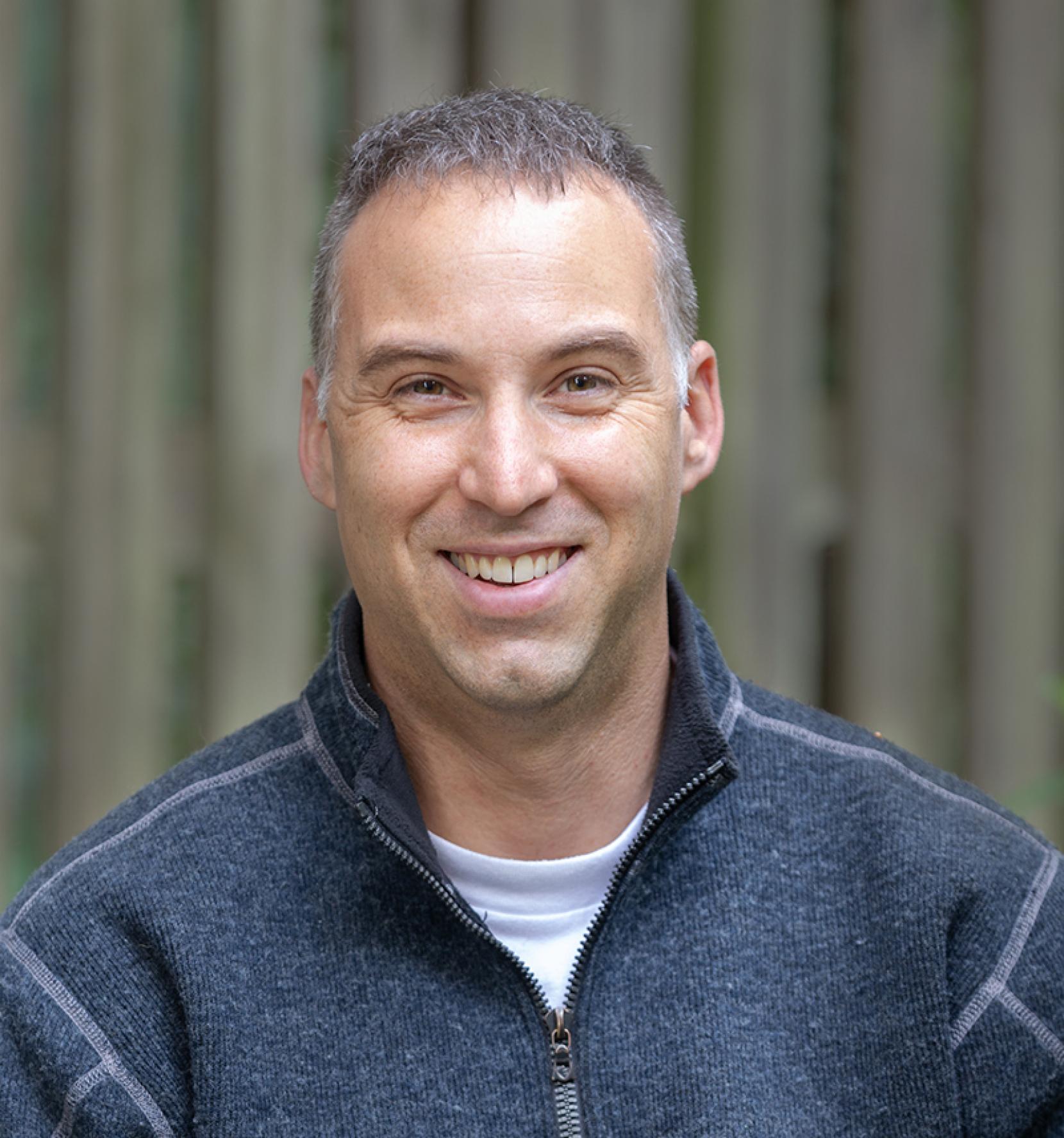Southern Currents: The Chattooga River
SELC and our partners are committed to protecting clean water across the South. Right now, D.C. politicians are looking to undo safeguards that prevent upstream pollution of our streams, rivers, and lakes. But we know that, in the South, water is a way of life – and one we’ll fight to defend.
As part of that defense, we’re shining a light on the some of the waterways that make the South so special, starting with the Chattooga River. Photographer Mark VanDyke, a professional nature photographer who has shot across the Southeast, talked about what makes the Chattooga special to him.
The Chattooga River represents, for me, something rare and special in the world today, a place that exists for no other reason than to exist: free-flowing, primitive, and purposefully difficult to access. The Chattooga is a place thick with presence, mystery, danger, adventure.

Mark VanDyke
A free-flowing river with no upstream dams regulating its flow, the Chattooga is known for its rapids, which respond quickly to changes in water level from rainfall or drought conditions. The rafting industry built up around the river is part of the region’s booming multi-million-dollar outdoor tourism industry.
The Chattooga was the first river east of the Mississippi to be designated as a National Wild and Scenic River. The rivers headwaters start in North Carolina and flow south, forming the border between South Carolina and Georgia before meeting the Atlantic in Savannah. VanDyke reflects on its journey.
Originating high atop the sheer cliffs of Whiteside Mountain North Carolina, a place the Cherokee referred to as ‘the Great Blue Wall,’ the Chattooga River creates a protected corridor through a highly biodiverse region as it drains the Blue Ridge Escarpment. I’ve traveled extensively throughout the southeast seeking special places behind the camera. The Chattooga River is the one that has lodged the deepest into my heart.
The Environmental Protection Agency’s plan to allow pollution in upstream waters on the Chattooga – and on rivers across America – threatens everyone downstream. The best way to protect clean water is to stop harmful pollution at its source, before it reaches our waterways. To learn more about what is at stake and take action, visit ProtectSouthernWater.org.
Find SELC on Instagram @southernenvironment.
